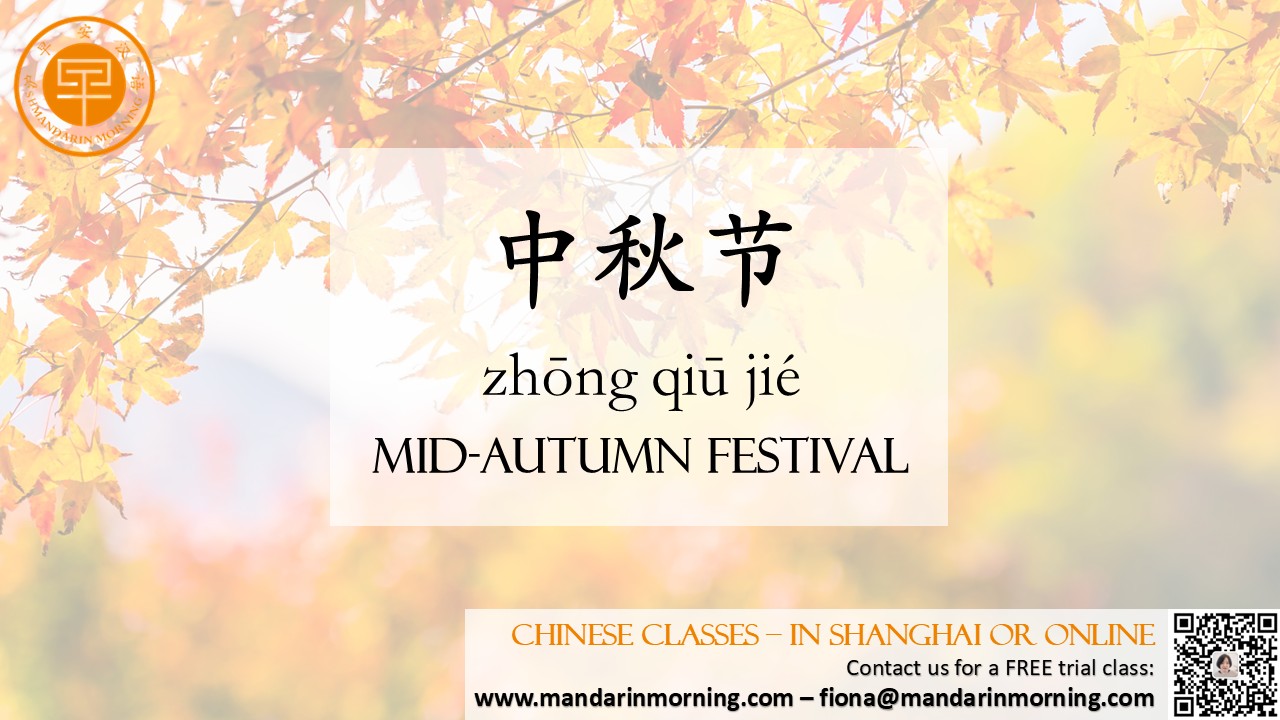| As the heat of summer gives way to the crisp air of autumn, a sense of gentle anticipation begins to build in Chinese communities around the world. We are approaching one of the most beloved holidays in the Chinese calendar: the 中秋节 (Zhōngqiū Jié), or Mid-Autumn Festival. This festival, celebrated on the 15th day of the 8th lunar month, is a time steeped in legend, beauty, and profound cultural meaning. At its heart, it is a celebration of 团圆 (tuányuán) – reunion.  The most iconic symbol of the festival is, without a doubt, the full moon. On this night, the moon is believed to be at its roundest and brightest, symbolizing completeness and family unity. For centuries, families have gathered to partake in the tradition of 赏月 (shǎng yuè), which means "appreciating the moon." They will arrange tables in courtyards or balconies, laying out offerings of tea, fruit, and the special festival snack we will discuss in our next article. This act is not just about admiring the celestial body; it is a moment of quiet reflection and shared gratitude. No discussion of the Mid-Autumn Festival is complete without its most famous legend: the story of 嫦娥 (Cháng'é), the Moon Goddess. The tale varies, but the most common version tells of a heroic archer, 后羿 (Hòu Yì), who shot down nine of ten suns to save the earth. As a reward, he was given an elixir of immortality. To prevent a treacherous follower from stealing it, his wife, Chang'e, drank the potion herself. She then floated up to the moon, where she has lived ever since, accompanied only by a jade rabbit, 玉兔 (Yùtù). When we gaze at the moon during 中秋节, we are often looking for the silhouette of Chang'e, a poetic reminder of sacrifice and eternal beauty. Beyond the myths, the festival is a vibrant social occasion. It is a public holiday in China, allowing people to travel home to be with their 家人 (jiārén) – their family. The evening is filled with laughter and a lavish 晚餐 (wǎncān), a reunion dinner. For children, it's a time for excitement, often carrying brightly lit 灯笼 (dēnglong) – lanterns – in colourful parades. The Mid-Autumn Festival is more than just a holiday; it is a living expression of Chinese cultural values. It teaches us about the importance of family, the beauty of nature's cycles, and the power of ancient stories. As you learn Chinese, understanding festivals like this one opens a window into the soul of the culture. So this 中秋节, find a moment to 赏月, share a story, and feel the deep sense of 团圆 that connects people across distances and generations. |